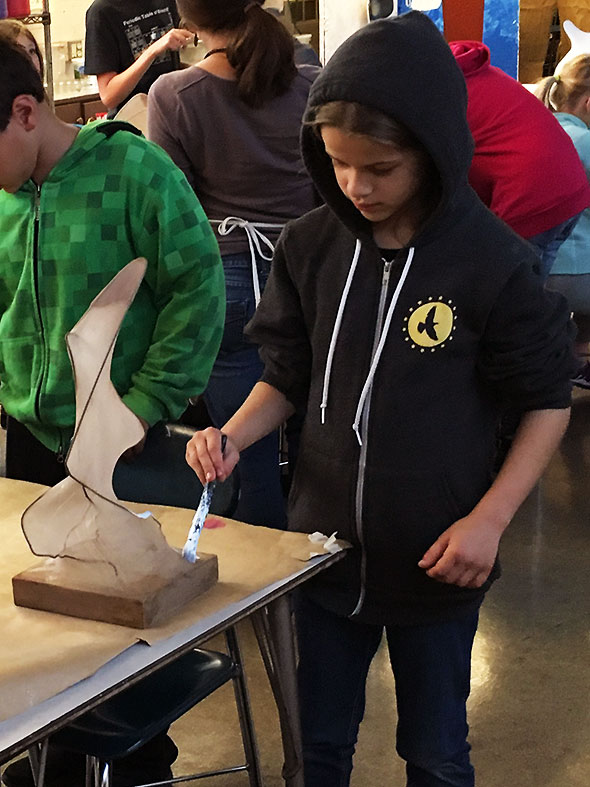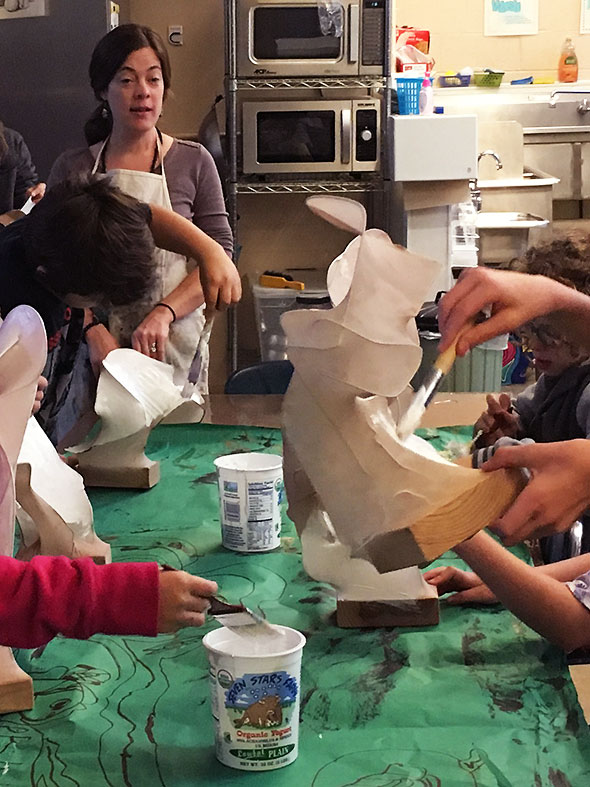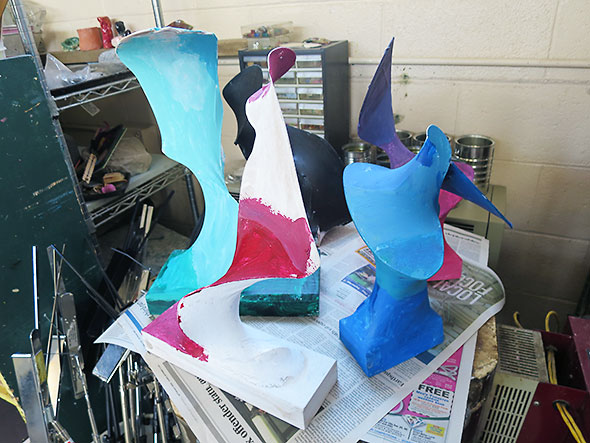BLOG-Blue Light
- Published: October 30, 2016
My daughter is not a morning person. This fact has been well established over her nine years but especially in the months when the sun is slow to rise and the school bus arrives before dawn. So the fact that she is the first person up this morning is a bit of a surprise. But here she is, at the side of the bed, dressed, fed, and ready for church.
Her interests are two fold. One, she is gung ho to prepare for tomorrow’s Halloween festivities. Number two, she is keenly interested in her father’s cellphone. She is satisfied with the electronica for now.
She reminds me of the years I gorged on television: the early mornings, the late nights in front of the flat screen. Now I mourn the time that I spent in front of the one eyed monster. It wasn’t all bad of course. The music, the dance, the theater that public broadcasting introduced me to was marvelous, but there were also too many hours of watching contrived detective shows. I would have been better off exploring other dimensions of my world. I wonder what I did to myself…my posture, my eyesight, and even my sleep.
It turns out light emitting devices like TVs and smart phones keep us awake. Their screens are often designed to look bright and there is a trick to that. The light that they emit is shifted towards blue. When we are outside on a bright day, the light reflected off of objects includes the light reflected off the blue sky. That makes them look a touch more blue. So our backlit screens cheat a little blue to give us that sense of a bright blue day…just what our eyes have come accustomed to. Unfortunately, our brains are also accustomed to light and associates it with daytime. We disrupt our sleep by spending too much time with these screens and their artificial sunlight.
My daughter got a lesson in light this week in Art and Science class. Under the guidance of Sarah Strong, the class built amazing sculptures out of wire hangers and nylon hose. I stopped just as the students began painting the forms transforming each piece from transparent to opaque white. Once painted, the form of the sculpture meant that it would reflect light from different parts of the room—the table, the floor, the ceilings, the walls—and thus its white surface would alter in hue, tint, tone, and shade. It acted much like a mirror but muted.
Strong stepped through the definitions of these qualities of light and then brought up the idea of a color’s compliment. The compliment of red is green. The compliment of blue is yellow. She told the class that these colors These colors are found on opposite sides of the color wheel…what one color lacks in tint, the opposing color retains. I lifted up my cellphone and said “Here is one way to discover the compliment of a color.” Look at a solid color on the bright screen and then close your eyes. The compliment of that color will appear where the screen was. The compliment is burnt onto your retina…temporarily…as an after image.
The thought burned into my brain after this: Our devices won’t truly be smart as long as their light leads us to restless nights and a stiff neck.
The Yellow Springs News encourages respectful discussion of this article.
You must login to post a comment.
Don't have a login? Register for a free YSNews.com account.






















No comments yet for this article.